Spotted Handfish Facts
- Firstly, the most noteworthy fact about the Spotted Handfish remains its moderate air of mystery. It’s a very rare ocean species, and not well studied. Yet, what we do know about it fascinates marine biologists.
- Secondly, its name derives from the presence of rather highly adapted pectoral fins. These resemble human hands and are used to move along the ocean floor. While it remains fully capable of swimming, of course, it actually walks more than it swims.
- Due to its rarity, the IUCN lists it on the Red List as Critically Endangered. The species also inhabits an extremely limited territorial range. Sadly, as a result, it is highly vulnerable to many dangers.
Related Articles
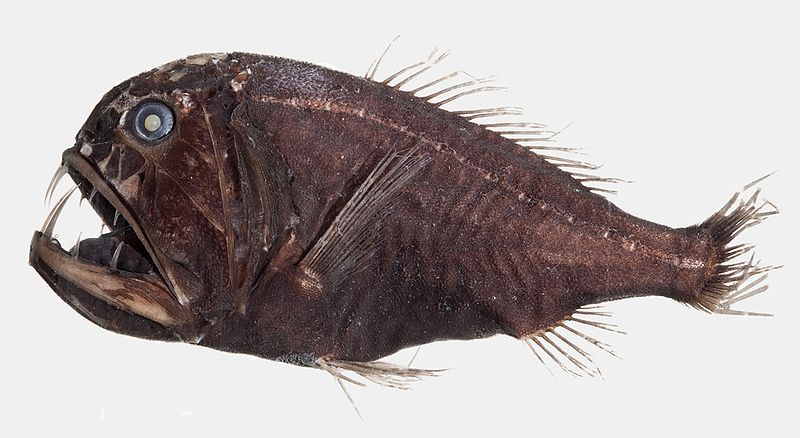

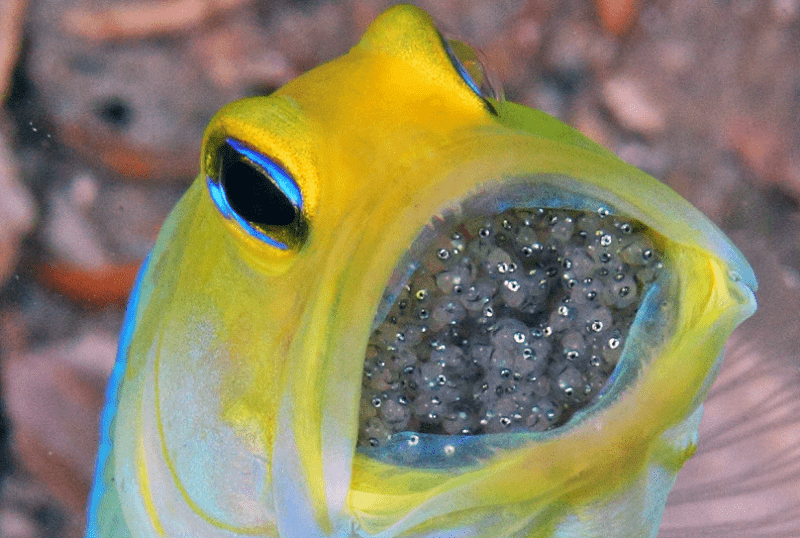
Spotted Handfish Physical Description
First of all, the interesting and quite different Spotted Handfish ranks as a most unusual creature. Most of all, its specialized pectoral fins cause it to stand out from other fish. These human hand-shaped fins serve as means of locomotion.
However awesome, it nonetheless remains a physically small animal. That holds true due to the fact that individuals rarely exceed 4.7 in (12 cm) in length. In fact, most specimens stay much smaller than that.
Also, the bodies display a cream-colored background, with numerous spots which are either light brown or yellow-brown. The pattern and number of these spots often vary significantly between individuals.
- Kingdom: Animalia
- Phylum: Chordata
- Class: Actinopterygii
- Order: Lophiiformes
- Family: Brachionichthyidae
- Genus: Brachionichthys
- Species: B. hirsutus
Spotted Handfish Distribution, Habitat, and Ecology
First of all, the Spotted Handfish has a quite limited and precise territory range. It only inhabits the estuary of the Derwent River in Australia and nearby regions. Therefore, the lack of complete information about the species occurs because of its scarcity, not inaccessibility.
While limited, its habitat consists of easily accessed spots. The great majority of individuals apparently live near the ocean floor. Furthermore, these appear at shallow depths that do not exceed 98 ft (30 m).
Meanwhile, experts remain uncertain of its diet in the wild. Yet, they believe the fish feeds on shrimp, small shellfish, and amphipods. This would be similar to most related species.
Due to its limited and vulnerable range, it is highly threatened by climate change and possible habitat loss. The creature also now faces threats from an introduced species of starfish.
Species Sharing Its Range
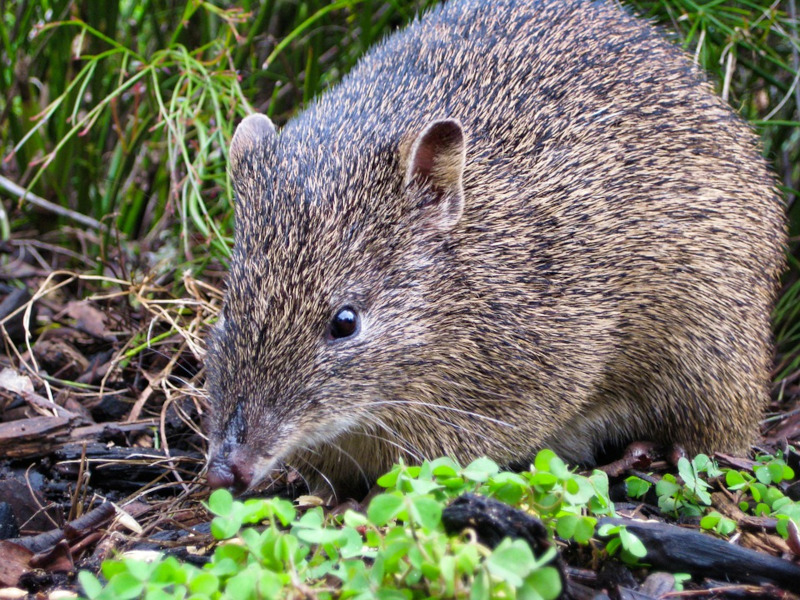
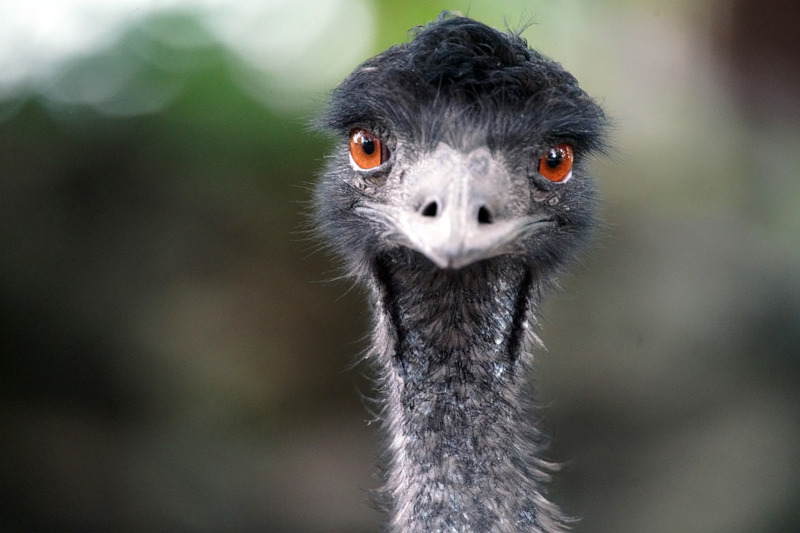
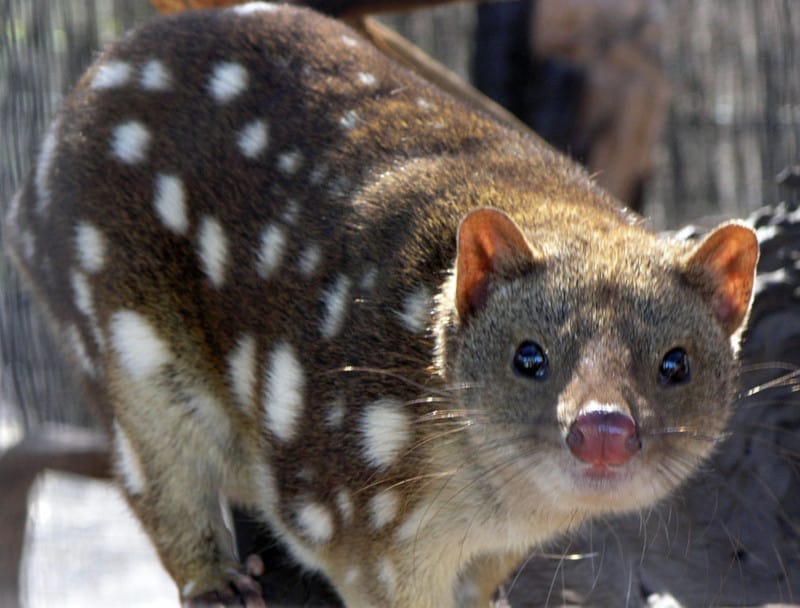
Check out our other articles on 7 Awe-Inspiring Ocean Crustaceans, Okapi, Snoqualmie Falls, Rainbow Eucalyptus, Draco Volans, Delta Green Ground Beetle, Lau Banded Iguana
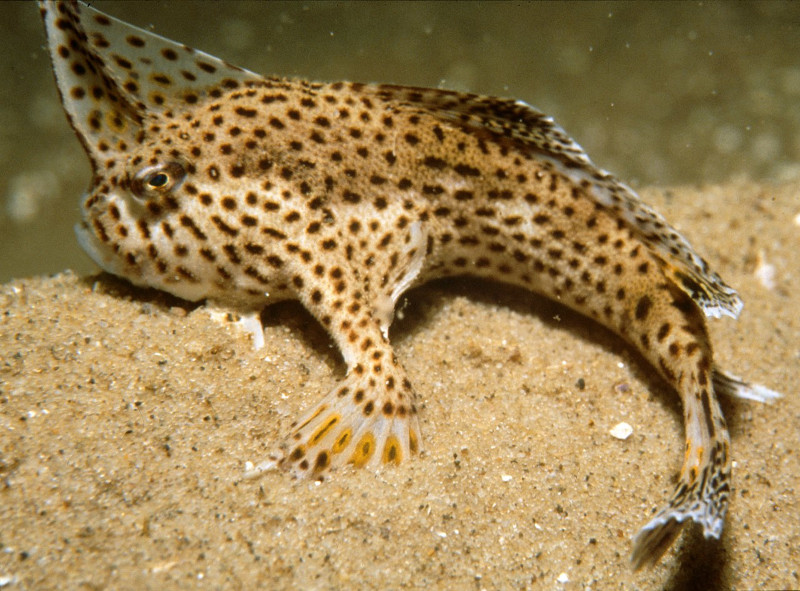
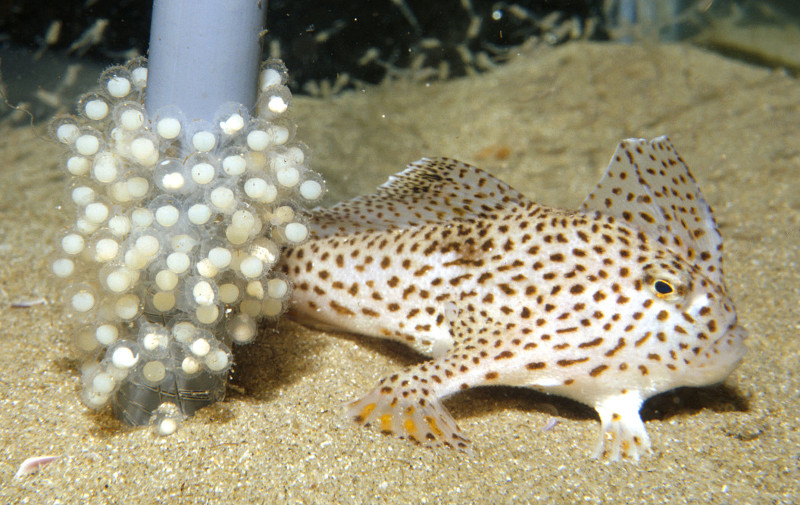
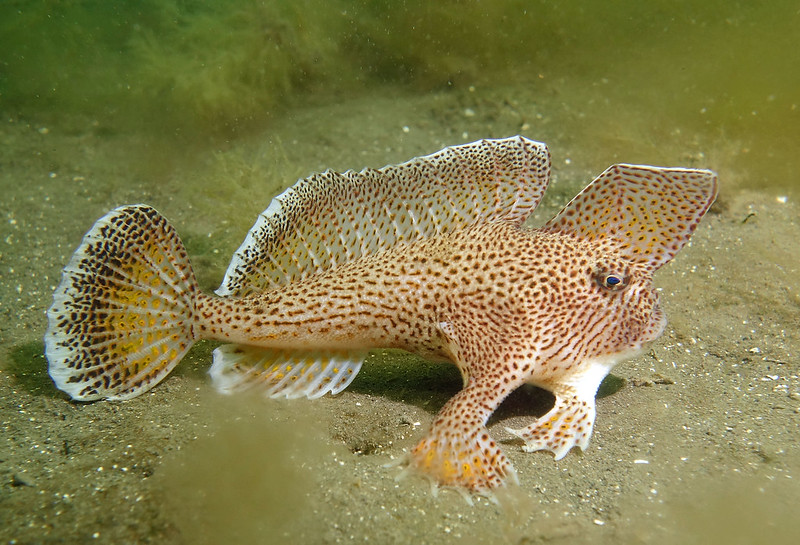









Leave a Reply